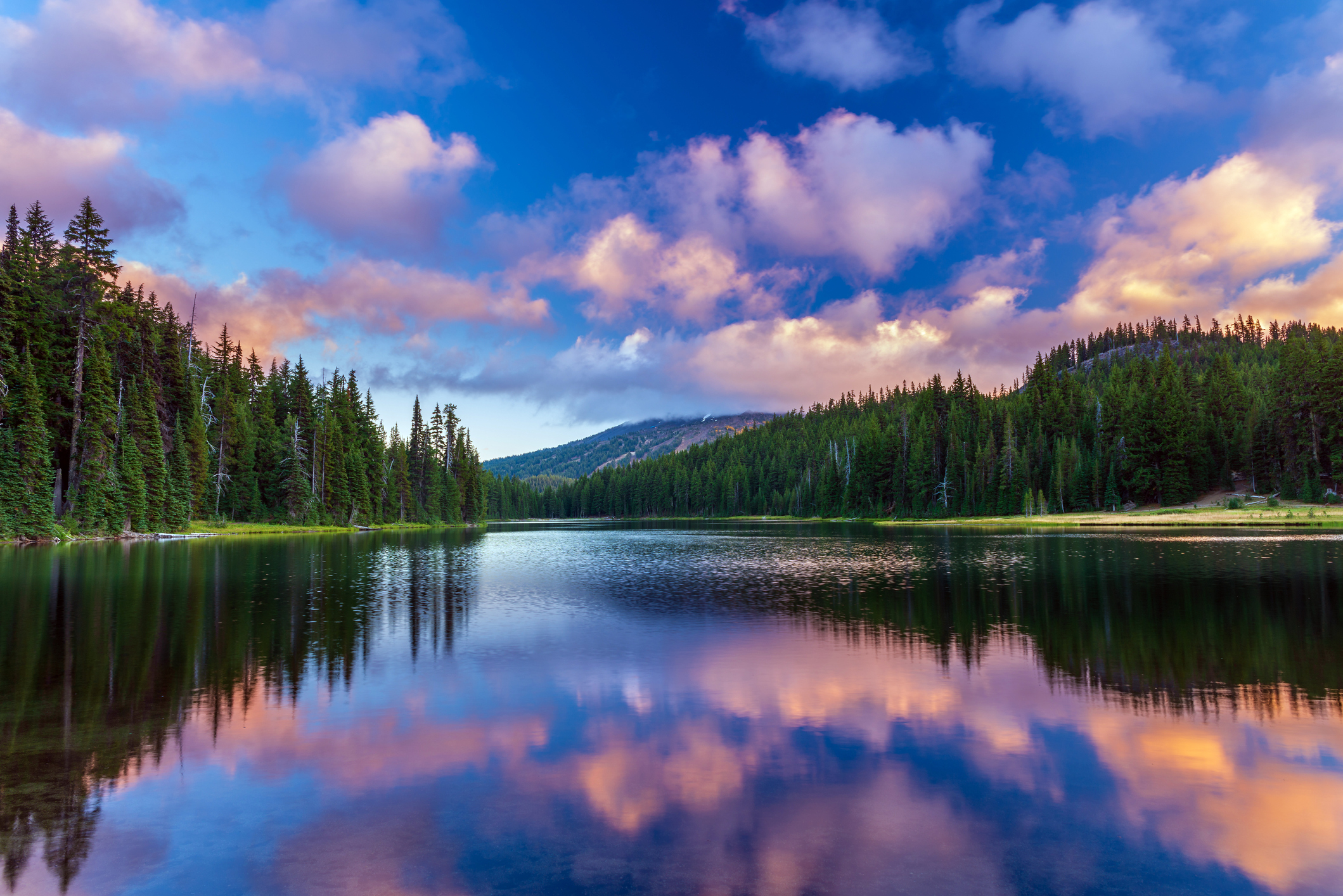Environment
Environment
The health of our environment shapes the health of our communities. For over 125 years, Sierra Club members have worked to protect the earth’s vital resources, natural beauty, wild creatures, and scenic landscapes.
Our Vision

Natural ecosystems show us how connected we really are
The Sierra Club has spent 128 years working to protect America’s land, water, and wildlife. In that time, we’ve overcome obstacles that seemed insurmountable. But nothing compares to what we face today. In order to avoid mass extinction and climate catastrophe, scientists say we need to safeguard at least 30 percent of America’s land by 2030.
Today, roughly 12 percent (240 million acres) of land in the U.S. is protected—and the Sierra Club has played a role in saving nearly all of it. Every fight for a new national monument or state park has sharpened our skills in grassroots organizing, lobbying, legal strategy, and media outreach. Now we’re working with Tribes and other frontline partners to secure an additional 500 million acres in the narrow window of time we have left.

Trees function as the planet’s “lungs”: About 30 percent of carbon emissions from burning fossil fuels are absorbed by forests, an effect known as the terrestrial carbon sink.
The Threat

Polar bears are facing starvation as the Arctic sea ice melts because their diets cannot adapt to living on land.
Our Environment is Under Siege
It’s not just starving polar bears on shrinking icebergs; salmon are struggling with warmer water, wildfire is destroying food for caribou, and sea turtles are losing nesting sites to storms and sea level rise. Disease, severe weather, loss of food sources, altered breeding cues, and other climate effects are unraveling the delicate balance of life in every ecosystem in America.
Each acre of forest, grassland, and open space we lose exacerbates the problem—not just because it further shrinks habitat, but because it removes one of our most important tools for capturing carbon and fighting the climate crisis.
Fossil fuels drilled and mined from public lands contribute greenhouse gasses equivalent to 20 percent of our total national emissions. Public lands should be a source of health, prosperity, and pride -- not a playground for fossil fuel companies.
30%
75%
of reefs in danger due to human activity
Threats from Loss of Habitat
Grizzly bears are threatened with extinction as their habitat is increasingly destroyed by logging, mining, oil and gas drilling, and land development.
Grizzly bears are a keystone species, which means protecting them enables the whole regional ecosystem of plants and animals to thrive. Habitat protections gained from the Endangered Species Act also help shelter many other species of wildlife which share the bears’ home territory.
Victory!
President Biden Expands San Gabriel Mountains and Berryessa Snow Mountain National Monuments
The expansion of these two monuments represents the culmination of years of advocacy from local groups and coalitions.
What We Are Doing

Paria Rimrocks, Grand Staircase-Escalante National Monument, Utah
65 percent of land in the continental US is still in largely natural condition, or could be plausibly restored to natural condition. The US ranks as one of the top five countries in the world when it comes to wilderness-quality land. With an ambitious agenda and strong leadership, we can still conserve a substantial portion of these natural areas.
Federal lands offer the largest opportunity for conservation gains. Both the Bureau of Land Management (BLM) and the US Forest Service (USFS) are ripe with potential. We focus our efforts to conserve these lands through:
- National Monument designations
- Bans on oil and gas development
- New Roadless Area protections
Protecting wild places will keep drilling and logging from polluting our environment air, and suck existing climate pollution out of the air. These lands provide natural protection from extreme weather, homes for wildlife, and opportunities for people to enjoy the outdoors together. The Sierra Club is committed to our legacy of safeguarding lands, water and wildlife for all as we work to protect 30% of our lands and waters by 2030.
You Can Help Sierra Club Defend Our Land and Water
Your donation will fund our work to stop fossil fuel companies and protect our land, water, and wildlife.



